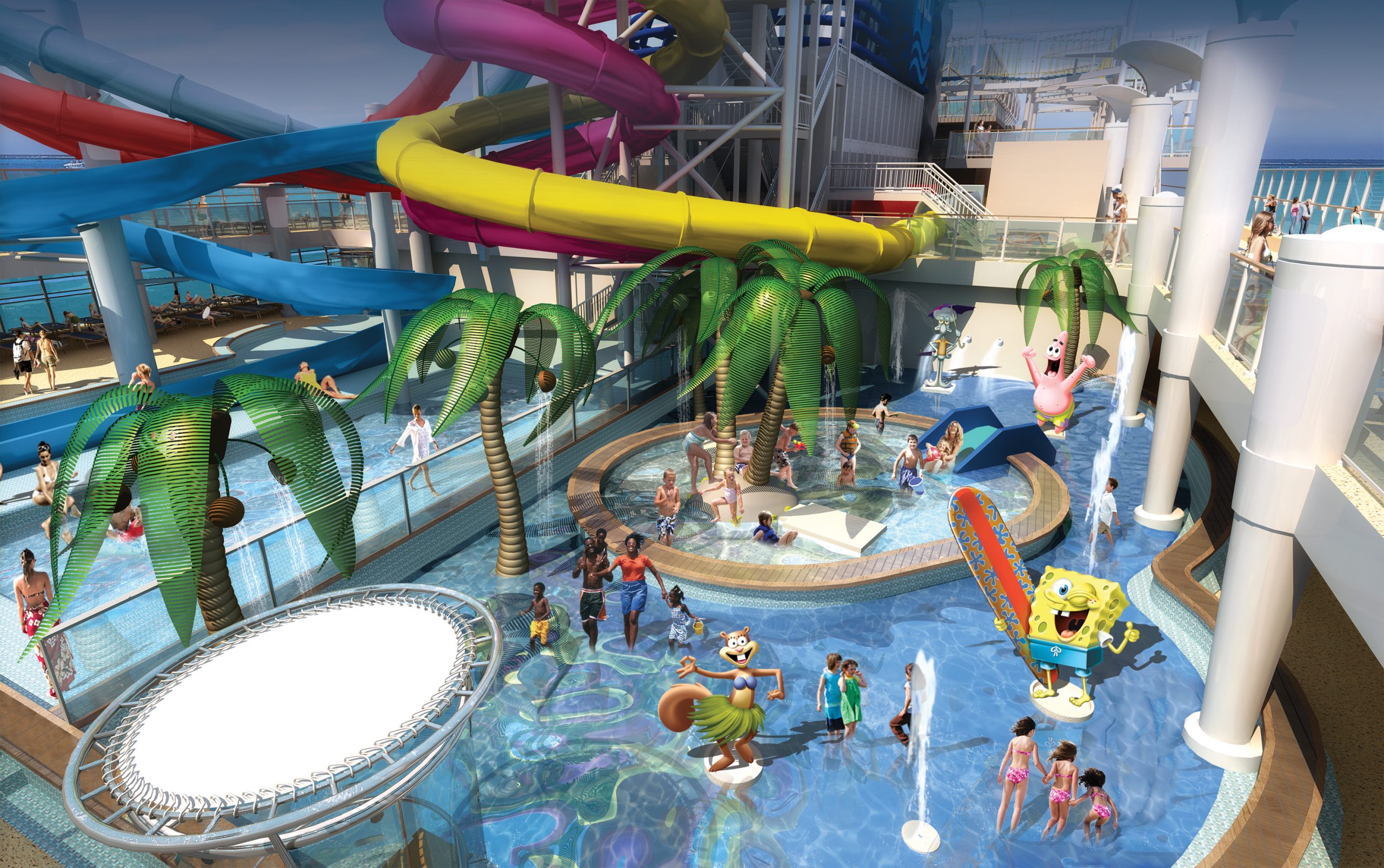It is easy to forget you’re on a cruise ship once you board. You become so involved in life onboard the ship. You realize you’ve been traveling when you land in a new place.
Cruise ships aren’t built to travel. Unlike the ocean liners that used to travel between the United Kingdom and the United States. Across the Atlantic, they built these ships to go slowly and steadily. They focus on passenger comfort and environmental efficiency How Fast do cruise ships go? This is one of the most asked questions at Cruise Critics.
They measure the speed of these cruise ships in knots. With 1 knot equaling around 1.5 miles per hour. A contemporary cruise ship’s average speed is around 20 knots (23miles per hour). The maximum speeds of around 30 knots (34.5 miles per hour).
How Fast do Cruises Ships Go?
How fast does a cruise ship travel? Most cruise ships can cruise at a cruising pace of approximately 71 knots. While guests are having dinner, relaxing by the pool, playing in the casino, or seeing a performance.
How fast does a cruise ship go? It is a common inquiry. It is a little more difficult. As the determination of the cruise ship’s speed depends on the fuel as well as the cruise ship engineers’ expertise.
In reality, Alaska cruises, Caribbean cruises, and west coast cruises to Mexico all have the same propensity. With a few exceptions, such as cruises from San Diego and Los Angeles to Hawaii. The majority of the cruise ports on your journey are close enough for the ship to sail overnight. As a result, your port departure time may range from 4 to 7 p.m. But you’ll almost always arrive between 7-8 a.m., in time to start your day exploring the destinations.
What are the factors that influence speed?
Passengers encouraging their captain to overcome the waves as quickly as possible might not be the best idea. Captains take their time for a number of reasons. They do speed up, it’s for a special purpose. Some of the most important factors that determine cruise ship speed are as follows:
Concerns about fuel consumption: Saving gasoline is one of the main reasons cruise ships move at slow, comfortable speeds. Driving down the highway, ships must flow through a lot of water resistance, which takes a lot of energy and uses a lot of fuel rapidly.
The stronger the resistance, the faster the spacecraft moves. Consider that a cargo ship traveling at 24 knots consumes approximately 220 tons of fuel every day. The same ship’s daily fuel use would drop by over 30% to 155 tons if it dropped down to only 20 knots. Slowing down makes sense from both an economic and an environmental viewpoint.
The staff can raise or lower the speed of a ship in an emergency. In the event of a man overboard situation, a ship will typically slow down and turn around to begin the rescue. If a rescue team joins from another boat, the captain will most likely reply as quickly as possible.
Weather: The weather affects the speed in many different ways. The strength and direction of the wind can support or harm the ship. When the wind is blowing against the boat. It will take more effort and fuel to keep moving forward, making it tough to keep up. One thing you should all consider is the weather forecast.
In order to guide clear of a storm and towards deeper waters. A skipper may choose to accelerate to top speed. In any case, cruise ship captains make well-informed decisions. These decisions emphasize their passengers’ safety and comfort.
Effect of Size on Speed and Fuel.
Cruise ships, like automobiles, come in many sizes. The size of a ship affects its speed and fuel consumption. Any vehicle, whether it’s a car or a boat, is heavier if it requires more power to accelerate. Higher force implies more gasoline use.
To maintain an average cruising speed, massive cruise ships require a lot of fuel. Large cruise ships weighed between 15,000 and 25,000 tons in the 1970s, while some cruise ships weighed as much as 225,000 tons by the twenty-first century.
Which cruise ship is the fastest?
The definition of a cruise ship determines which cruise ship is the fastest. The fastest are small passenger ships and ocean liners. However these aren’t truly cruise ships. Smaller ships can go faster. Because they carry less weight, but ocean liners are specifically designed to be more aerodynamic.
Conclusion
Cruise ships hardly achieve their maximum speeds. A cruise ship’s top speed is usually only reached during sea testing. These are test journeys in which they launch a fresh new cruise ship into the ocean. They put through its paces to ensure that it matches the manufacturer’s standards.
